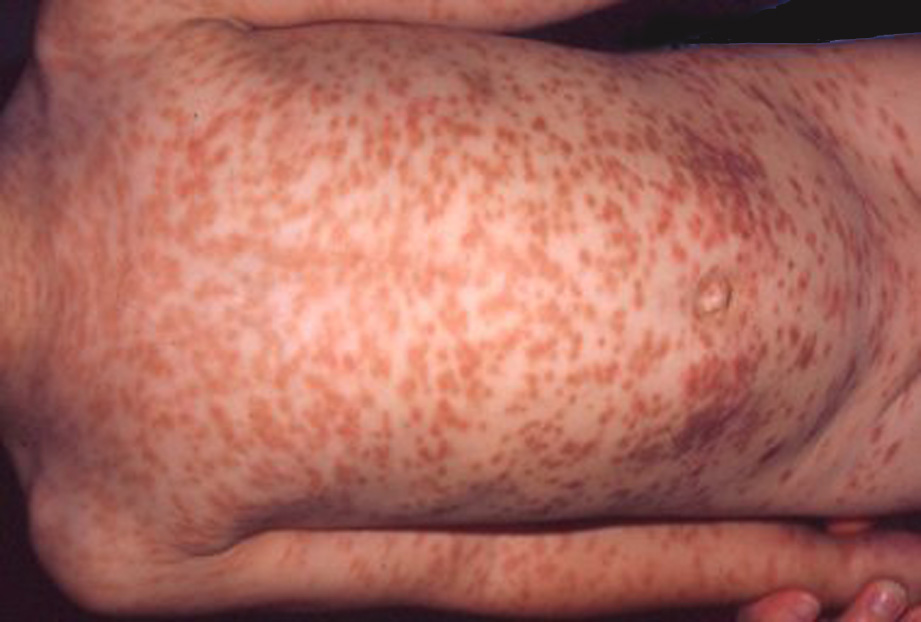Mastocytosis in children. Clinical features are more useful than laboratory examinations.

Downloads
DOI:
https://doi.org/10.26326/2281-9649.31.4.2284How to Cite
Abstract
Starting from the analysis of a clinical case of infantile mastocytosis followed for 18 years, the role of the history is emphasized both from the diagnostic and clinical monitoring point of view. The history is so significant that in most cases it is not necessary to perform a histological examination and sometimes even to evoke Darier’s sign to be sure of the diagnosis. And to monitor the clinical course of mastocytosis, which in the child is almost always characterized by spontaneous regression, it is sufficient for the mother to record the episodes of flushing, blisters, and wheals: their rarefaction with time attests to the regression of the disease. Systemic mastocytosis in the child is practically non-existent, so the dosage of serum tryptase is of little importance.
